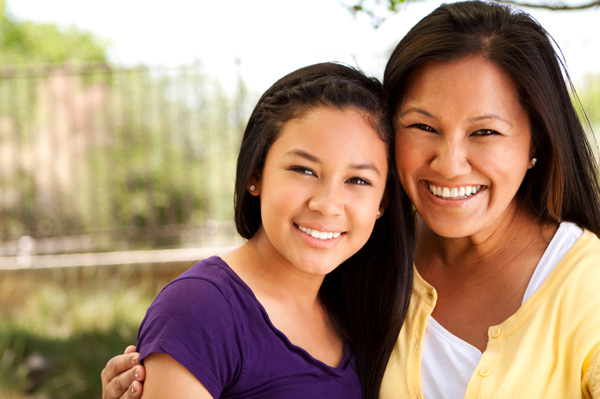Happy Rainy Wednesday, colleagues!
All good sandwiches have three
main parts -- two pieces of bread and the “good stuff” in the middle.
So, here’s your metaphor for the
day.
Your lesson is a sandwich. You need two
pieces of bread -- the intro and the outro. All the “good stuff” goes in the
middle. That’s the bulk of your lesson.
Without that second piece of
bread, you have an open-face sandwich.
And open-face sandwiches are a
mess. They get all over the place and the “good stuff” so often falls out.
Are you getting my metaphor?
Without the second piece of bread (the closure), your lesson can get messy and
the “good stuff” (i.e. the learning) can fall out (of the kids’ brains)
Peace out. See you tomorrow.
No closure!
But as I have been more mindful
about closing my lessons, I have been starting to really see the value of a
lesson wrap-up.
1.
First, it helps the kids to see the bigger picture. Why did we do
what we did this period? OH -- because put together, all this lesson
stuff adds up to THIS LEARNING!
2.
It also holds students accountable for the lesson. No more “I
taught it but I don’t know if they really got it” days. Instead, you should be
able to figure out if your kids “got” the lesson -- and if not, where they went
wrong.
3.
It helps the kids reflect on their learning.
Tell Your Mother (or another)
If your mother (or brother or
another) asked you what you learned in Social Studies class today, what would
you tell them? Take a look at the Learning Target for today and see if you can
use that would help you write one sentence.
Tell your Mother (or another): I think the Chavin people
built their city in a confusing way to scare the people into doing what the
leaders wanted them to do.
Learning Target: Describe the influence of the
abolitionists on America in the 1800s
Tell your Mother (or another): The abolitionists
influenced America because lots of people started to think slavery was wrong,
based on Abolitionist speeches, writings, and especially Uncle Tom’s
Cabin.
 Where are we going tomorrow? Have your
students predict what tomorrow’s lesson will be about, based on today. Again,
have them use the Learning Target as a starting point. Ask the kids to give an
example.
Where are we going tomorrow? Have your
students predict what tomorrow’s lesson will be about, based on today. Again,
have them use the Learning Target as a starting point. Ask the kids to give an
example.
.
Learning Target: Compare direct democracy and
representative democracy
Where are we going? I bet tomorrow we’re going to
talk about some other kinds of government, maybe the kind with kings.
Learning Target: Summarize the effects of WWI.
Where are we going? I think tomorrow we will talk
about what happens to the world after WWI -- and maybe how we got to WWII?
What’s your favorite kind of
sandwich? Are you hungry for a sandwich now? How do you like to wrap up your
lesson? Will you try either Tell your Mother (or another) or Where are we
going? Let me know how it goes! As always, I love to hear from you! newmantr@pcsb.org



No comments:
Post a Comment